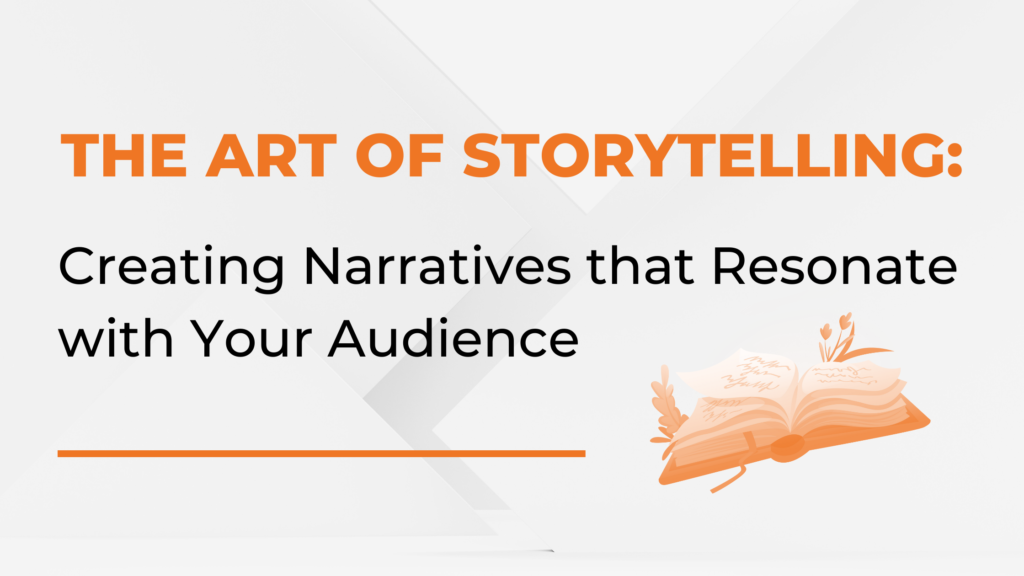The sports world is uniquely backed and currently grieved by loyal fans worldwide. Although teams are currently on the defense against COVID-19’s unknown playbook, they can take solace in the exciting opportunities that Virtual and Augmented Reality hold for future sports marketing efforts and fan experiences.
Virtual Reality vs. Augmented Reality
Virtual Reality (VR) is a computer-generated simulation that allows users to immerse themselves in a 3D interactive environment using electronic devices, such as headsets and censored gloves.
Augmented Reality (AR), on the other hand, uses smartphone cameras to apply real-time digital elements, such as text, graphics and audio, to real-world objects.
Global VR & AR markets are expected to generate $22.1 billion in 2020 and $161.1 billion by 2025, with the AR market alone growing at a rate of 56%. This success is driven by technology’s growth and increased adoption of AR and VR tactics across industries.
VR & AR in Sports Marketing
VR and AR empower sports marketers to bridge the gap between experience and action. This emerging trend is breaking ground as we speak as companies worldwide are testing new creative marketing solutions to drive sales and enhance value.
The sports marketing realm is no exception. As the sports industry dives into this largely unpenetrated market of VR and AR opportunities, teams have the chance to be leaders within their industry to boost revenue, alter how sporting events are consumed and elevate the fan experience.
VR & AR in Action
1. The Capitals: Tilt The Ice & Ovi O’s Cereal
The Washington Capitals launched an AR game, Tilt The Ice, in which fans received Bud Light coasters at the games or surrounding bars. Fans scanned the coasters to be greeted by a 3D interactive goalkeeper who moved as users tilted their coaster to the left and right.
Although the campaign was a success with each fan playing the game an average of nine times, it was difficult to encourage fans to download a new app. The Capitals pivoted in response to this feedback with their Ovi O’s cereal project that utilized Snapchat instead. After fans scanned the cereal box, a mini Snapchat hockey game popped up prompting users to shoot Ovi O’s at targets. 20% of Ovi O’s buyers interacted with the game.
https://www.burkhartmarketing.com//www.youtube.com/watch?v=VPASeMqgtnU
2. The Sacramento Kings: Golden 1 Center Opening, New Uniforms and Scavenger Hunt, oh my!
The Kings were early adopters of AR. Their first project in 2014 took fans on a virtual tour of the brand new Golden 1 Center arena. In 2017, the Kings then gave fans an inside look at the new team uniforms, using AR to virtually try them on. The most recent Kings’ AR project brought fans inside Golden 1 Center to walk the arena, take photos with players and participate in a scavenger hunt.
3. Minnesota Vikings: PepsiCo Partnership
In 2019, the Vikings and PepsiCo teamed up to unveil a commemorative, scannable cup. Fans scanned the code on the Vikings app to see players roll out of the cup, make plays and celebrate crossing the goal line. During two home games, fans spent a combined 13.5 hours on the app, averaging 1:34 seconds per session. Fans even played the simulation outside of the stadium, proving that AR can bring the sports experience to anyone, anywhere.
4. The Los Angeles Kings: Player Cards
The NHL team partnered with blypIT to launch ten interactive player cards that when scanned through the blypIT app, opened player videos and offers from sponsors giving fans free quotes and complimentary game tickets to a future Kings game.
5. 2018 FIFA World Cup: Snapchat & Facebook
During the 2018 World Cup, FIFA collaborated with Snapchat and Facebook to develop selfie-filters, backgrounds and player projections. This marketing tactic encouraged fans to sport their team colors and share their pride with friends and family.
6. NBA: VR Seating
The NBA is currently working with NextVR to welcome guests to sit courtside at games using a headset. This immersive experience opens the door for fans to attend a game from a once in a lifetime view.
https://www.burkhartmarketing.com//www.youtube.com/watch?v=CY_wiN626ac
7. Sports Broadcasting
Fans who root their teams on from the comfort of their couches can revel in the fact that sports broadcasting implements AR technology through interactive content, such as animated replays, predictions and 3D graphics that explain game strategies.
8. Dallas Mavericks: AR Mural
In 2019, The Dallas Mavericks highlighted rookie Luka Dončić with the largest AR filter on Facebook. The 70′ x 200′ interactive mural welcomed fans to engage through the Mavs App. After joining the app, the Facebook Camera Filter activated the mural. Once fans pointed their camera at the mural, the photo came to life.
https://www.burkhartmarketing.com//www.youtube.com/watch?v=1b5PN-G7rug
9. Virtual Hybrid LED digiBOARD: Targeted Ads
Ads broadcasted during games use AR technology to personalize their reach based on the area they are broadcasting to. In other words, fans in the stadium consume different ad content than domestic and global viewers. Teams using hybrid LED digiBOARD’s reduce costs and advertise more companies.
10. Fantasy Sports
Fantasy Sports apps incorporate AR through geolocation technology, allowing users to draft players if they are within an existing radius. The app then alerts users when their favorite players are nearby.
Burkhart Marketing is proud to hold stake in the sports industry and see AR and VR marketing solutions make history. Follow us on social media and connect with us today to build your brand and become a leader in your industry.






